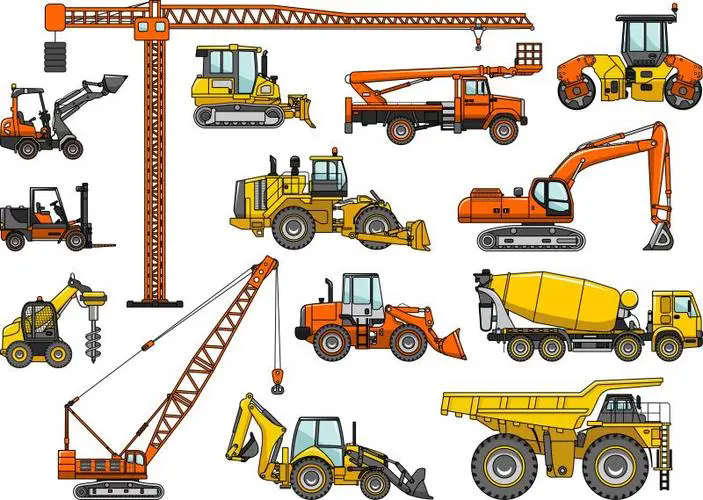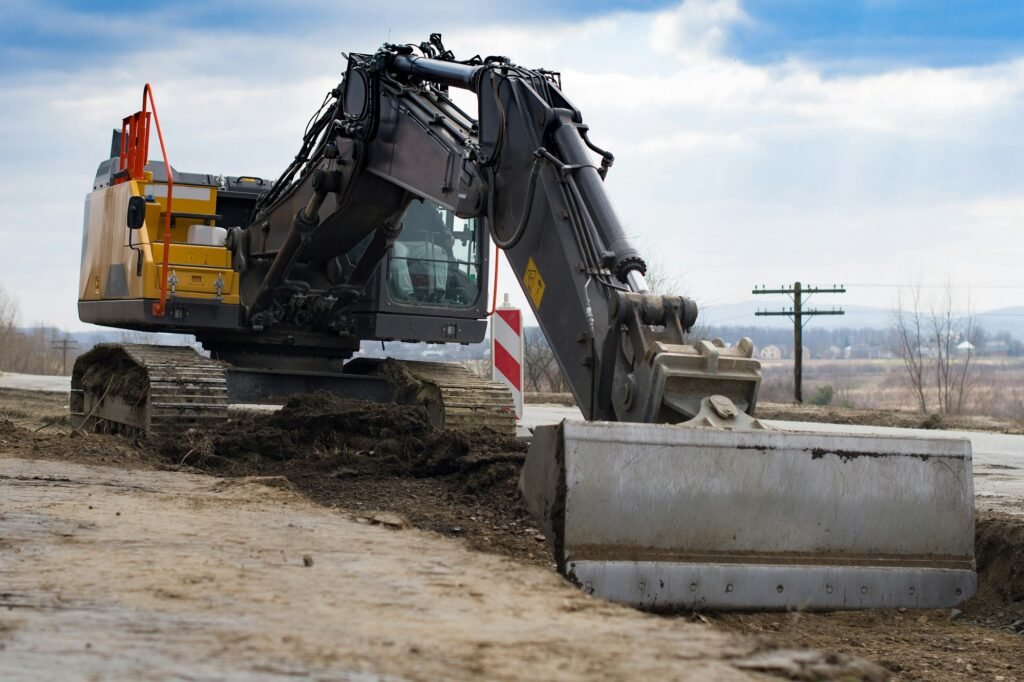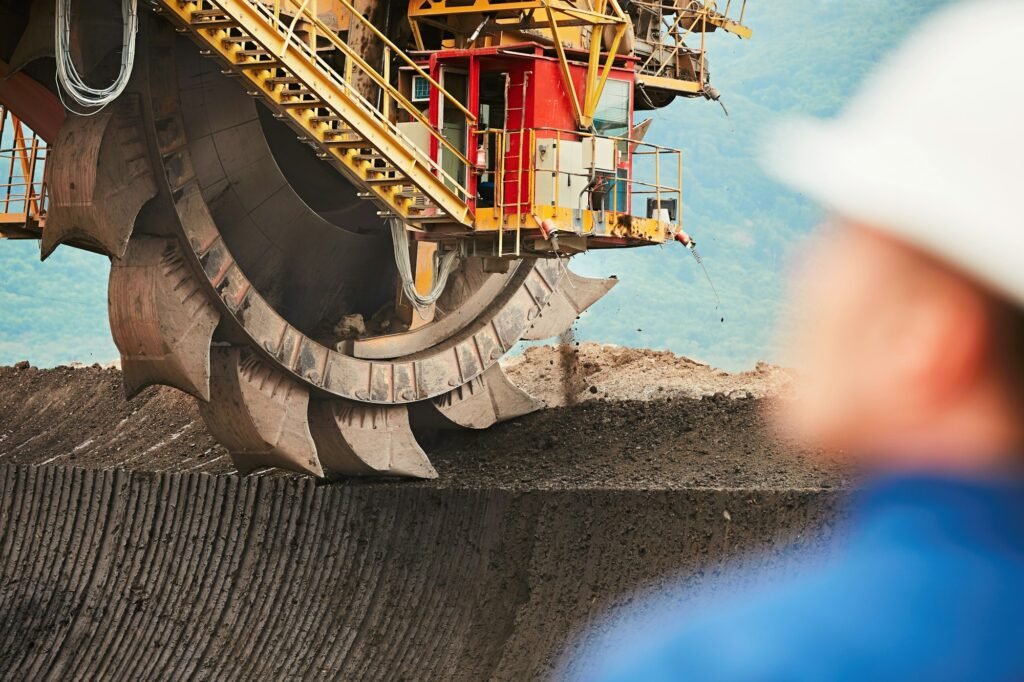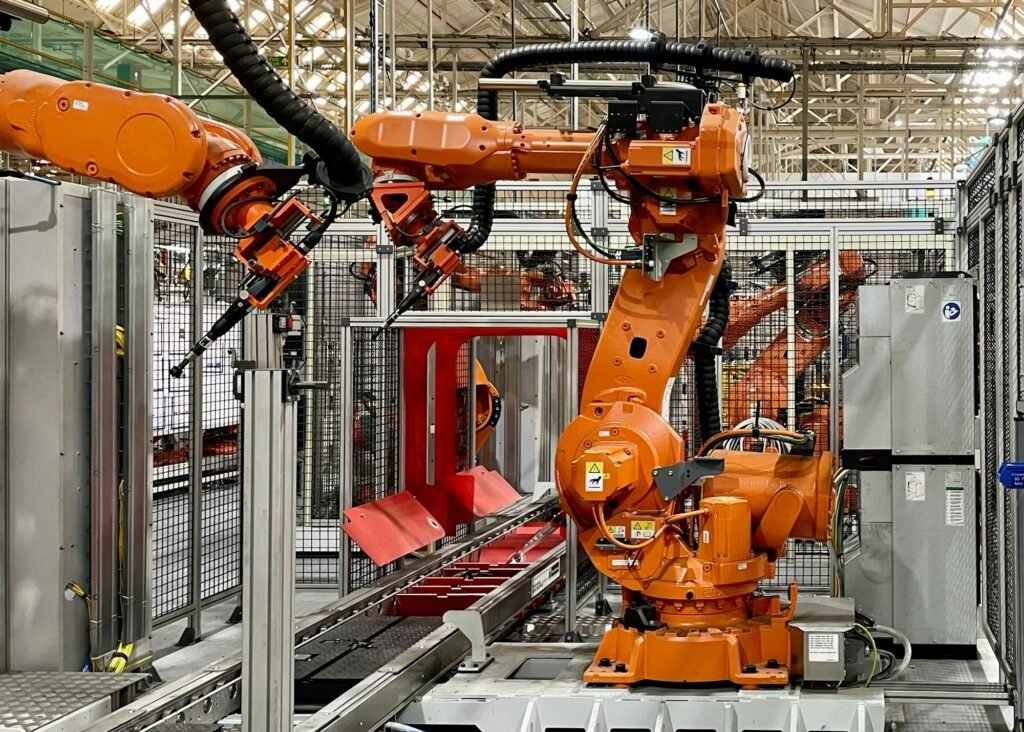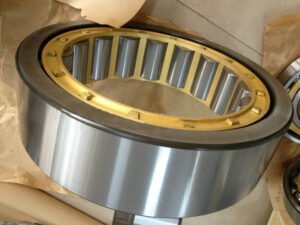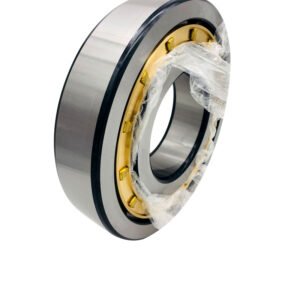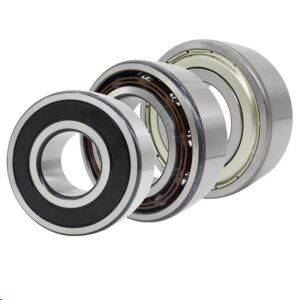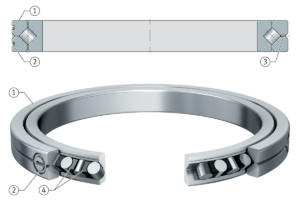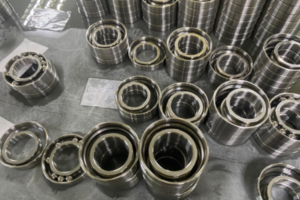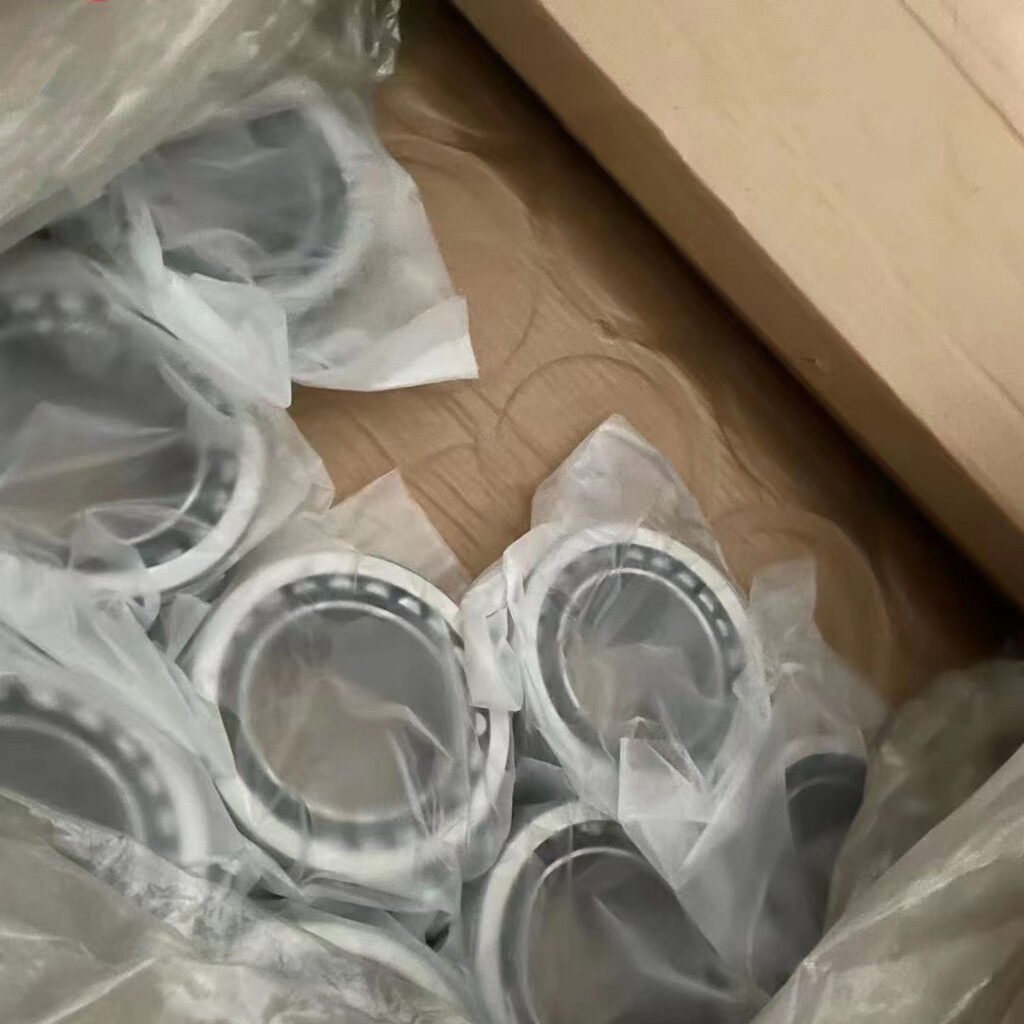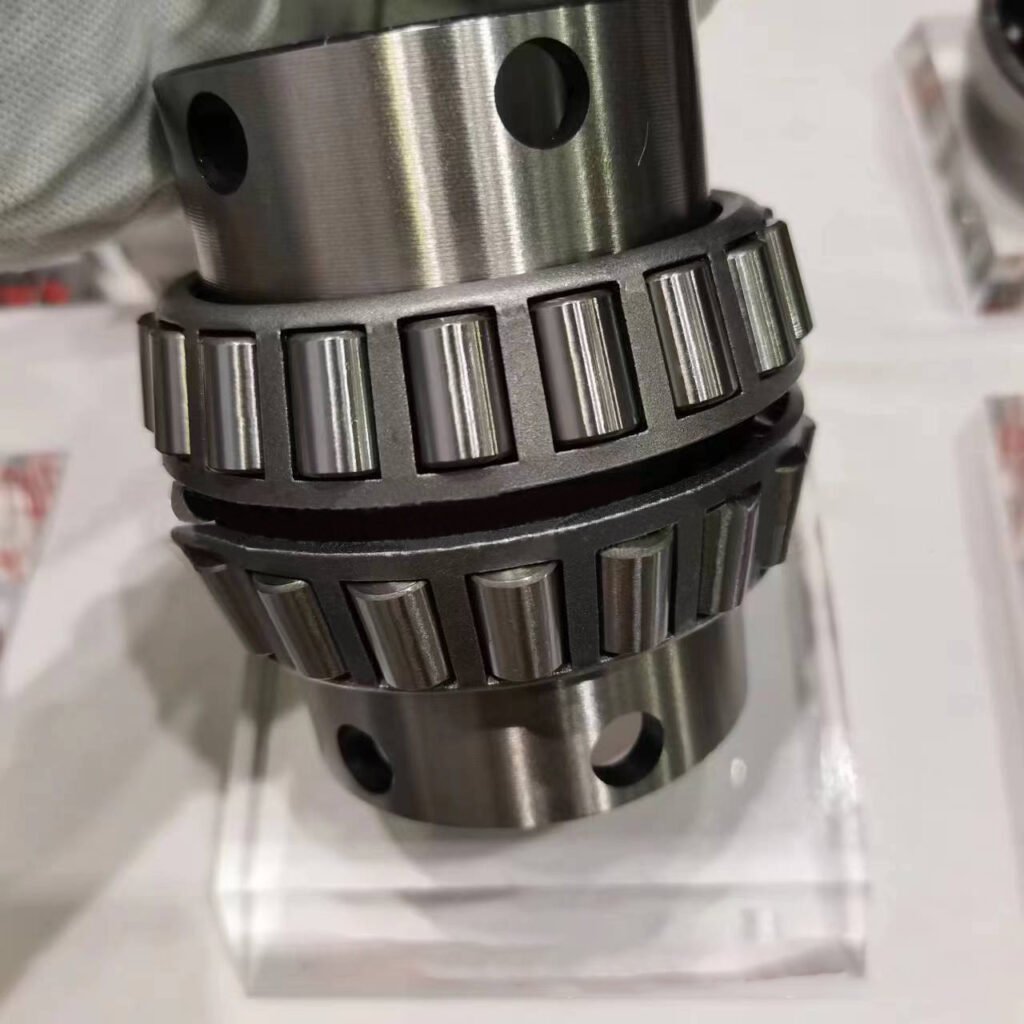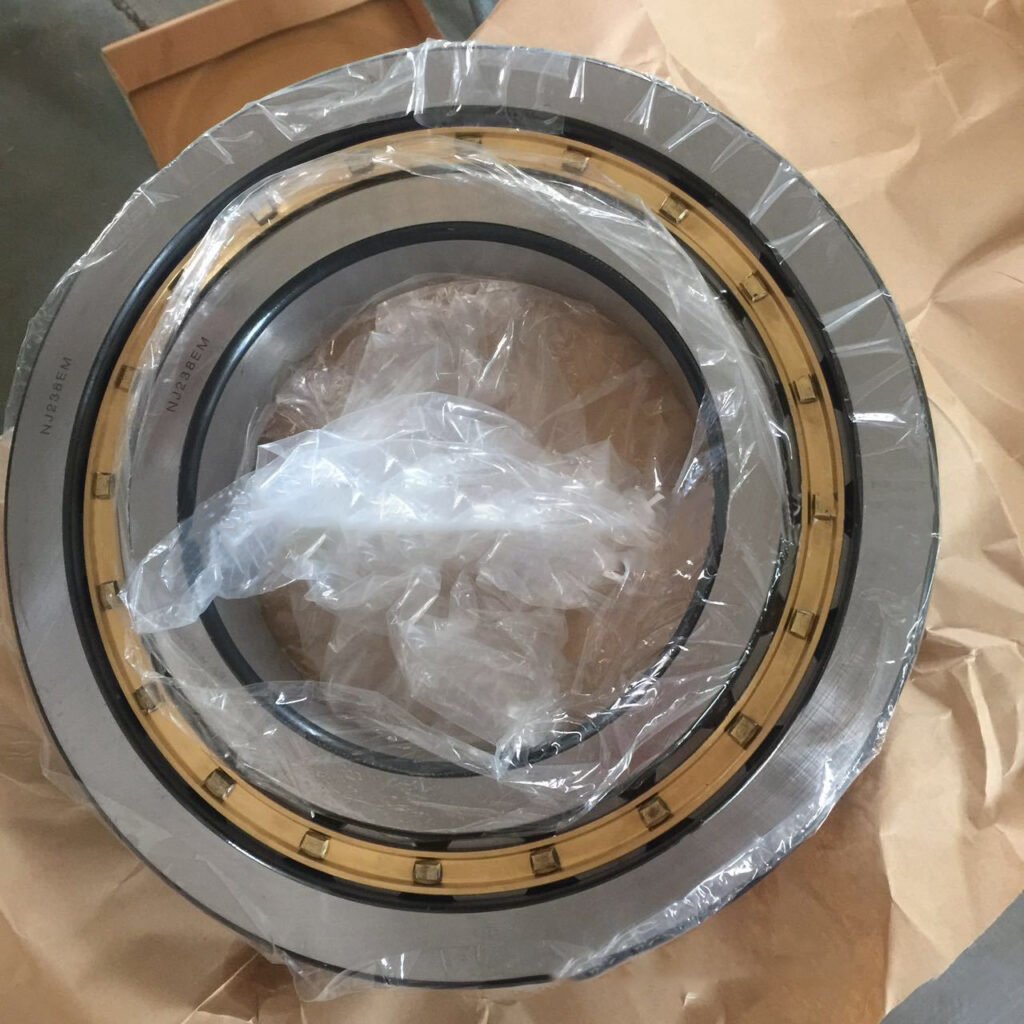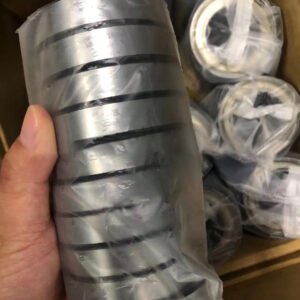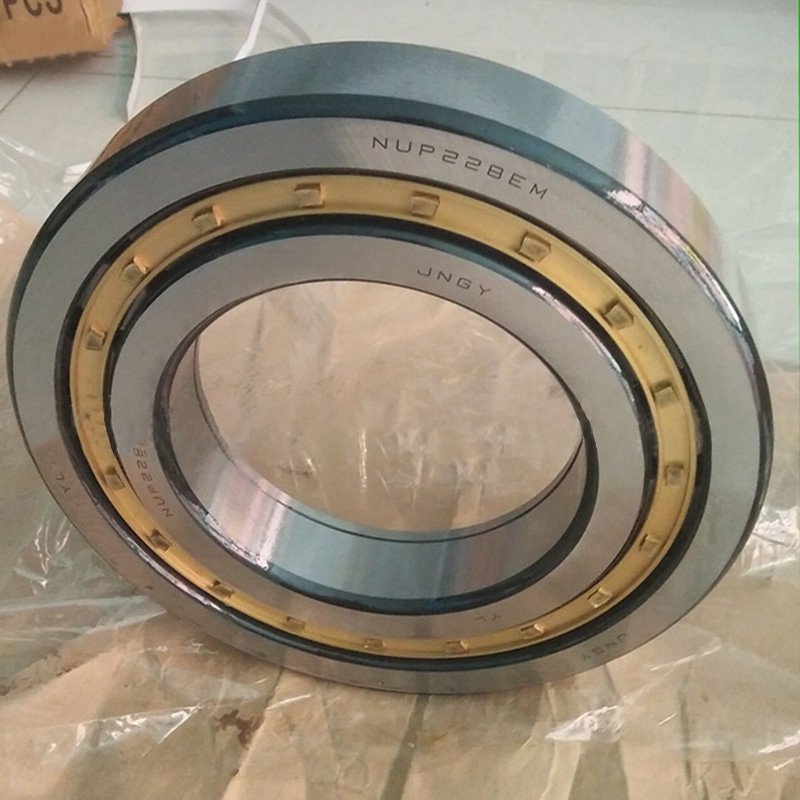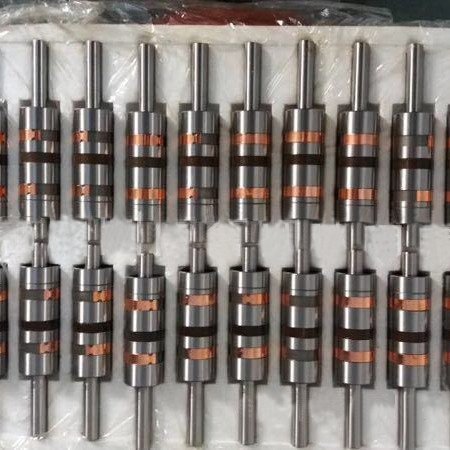Rolling bearings play a vital role in rotating machinery and are also one of the most vulnerable parts. Many failures of rotating machinery are related to rolling bearings. The working condition of bearings has a great impact on the operation of the machinery. Its defects will cause abnormal vibration and noise in the equipment, and even damage the equipment and cause it to stop working in severe cases. Real-time status monitoring and diagnosis of rolling bearings is an important aspect of equipment management in modern enterprises. In this article, bearing technology engineer Maxwell analyzes the four stage characteristics of possible rolling bearing failures and effective preventive measures to warn everyone to avoid catastrophic failures.
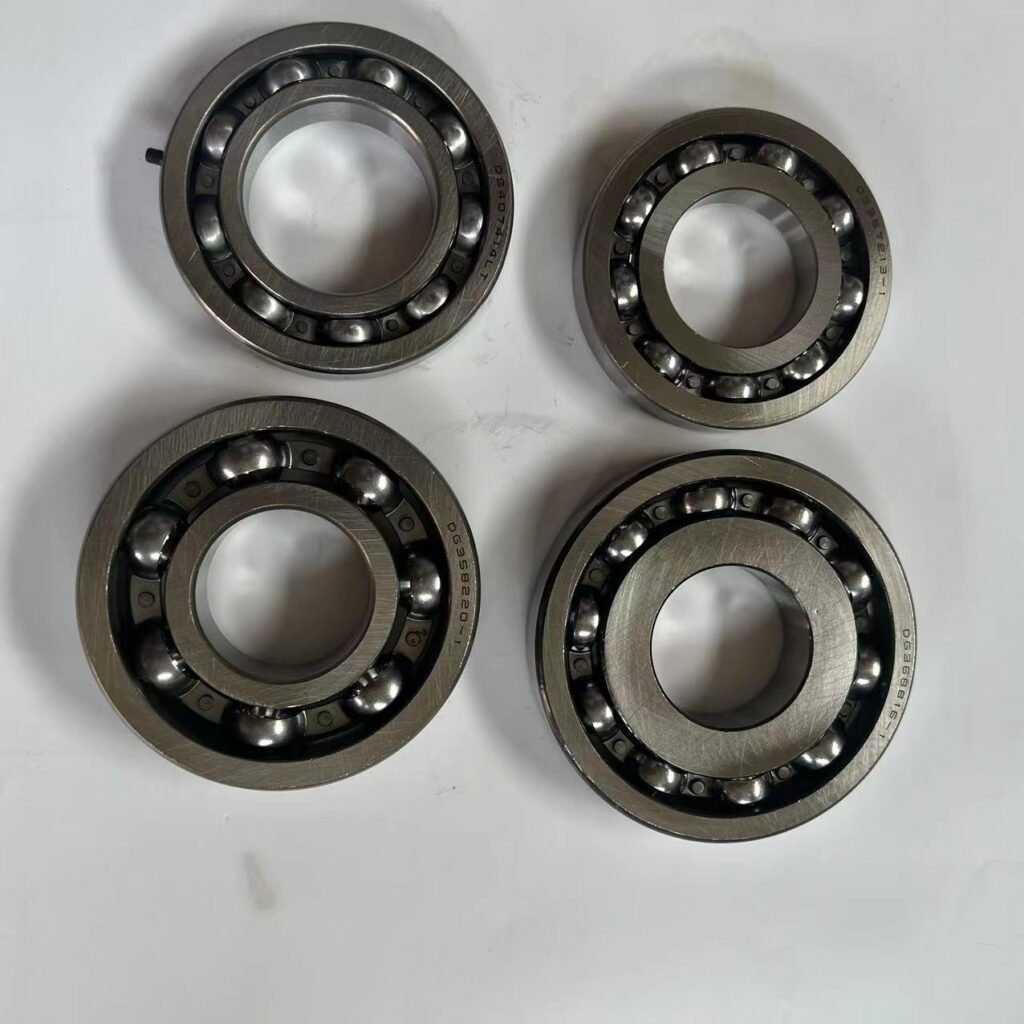
Four stages of rolling bearing failure development
Based on the structural composition of rolling bearings, rolling bearings have 4 failure frequencies: rolling bearing cage failure frequency, rolling bearing rolling element failure frequency, rolling bearing outer ring failure frequency, and rolling bearing inner ring failure frequency. There are special mathematical formulas for obtaining these fault frequencies, but the calculation is more troublesome in actual work. The more convenient method is to use special software to obtain them. For example, the software of Rockwell Automation in the United States has this function plug-in. As long as the bearing model and manufacturer information are entered, the corresponding various bearing fault frequencies can be obtained.
The first stage is the embryonic stage when the bearing begins to fail. At this time, the temperature is normal, the noise is normal, the total vibration velocity and spectrum are normal, but the total peak energy and spectrum have signs, reflecting the initial stage of bearing failure. At this time, the real bearing fault frequency appears in the ultrasonic range of about 20-60khz.
In the second stage, the temperature is normal, the noise increases slightly, the total vibration velocity increases slightly, the vibration spectrum does not change significantly, but the peak energy increases greatly, and the spectrum is more prominent. At this time, the bearing fault frequency appears in the range of about 500hz-2khz.
In the third stage, the temperature rises slightly, noise can be heard, the total vibration velocity increases greatly, and the bearing fault frequency and its harmonics and sidebands are clearly visible on the vibration velocity spectrum. In addition, the noise level on the vibration velocity spectrum increases significantly, and the total peak energy becomes larger and the spectrum is more prominent than in the second stage. The bearing fault frequency at this time appears in the range of about 0-1khz. It is recommended to replace the bearing in the late third stage, when the rolling bearing fault characteristics such as wear visible to the naked eye should have appeared.
In the fourth stage, the temperature rises significantly, the noise intensity changes significantly, the total vibration velocity and the total vibration displacement increase significantly, the bearing fault frequency on the vibration velocity spectrum begins to disappear, and is replaced by a larger random broadband high-frequency noise; the total peak energy increases rapidly, and some unstable changes may occur. The bearing must not be allowed to operate in the fourth stage of the fault development, otherwise catastrophic damage may occur.
According to the research results, under normal circumstances, if the entire service life of the rolling bearing is calculated from the time the bearing is installed and put into use, the bearing state is normal in its first >80% life period. The remaining life of the rolling bearing failure is 10%~>20%L10 in the first stage, 5%-10%L10 in the second stage, 1%~5%L10 in the third stage, and about 1h or 1%L10 in the fourth stage.
Rolling bearing failure prevention measures
As one of the important parts of mechanical equipment, rolling bearings will suffer more or less wear and even failure as the service life increases. So how to effectively prevent failures? The following points should be adhered to:
1. From the beginning of the use of rolling bearings, a maintenance manual should be established, and professionals should regularly inspect them and keep records of various indicators.
2. When purchasing bearings, the service life should be verified with the bearing manufacturer. When the service life reaches 80% of the entire life cycle, the monitoring frequency should be increased, and the key indicators such as temperature, noise, and vibration speed of the rolling bearing under working conditions should be recorded at any time. Once an abnormality occurs, the bearing should be disassembled and inspected immediately. If obvious wear is found, a new bearing should be replaced in time.
3. Do a good job of bearing maintenance at ordinary times, lubricate and pre-tighten regularly, clean the environment around the bearing, and avoid dust and debris from being drawn into the bearing.
4. Buying high-quality bearings can greatly reduce the probability of failure, or directly cooperate with powerful bearing manufacturers, who can provide more complete after-sales service. Under the guidance of bearing technicians, the correct use of bearings can save trouble and worry.
Conclusion
Therefore, when facing bearing problems in actual work, considering that the fourth stage of bearing failure development has unforeseen sudden hazards, it is recommended to replace the bearing in the late third stage, which can not only avoid the expansion of the impact of the failure and the occurrence of more serious accidents, but also try to ensure the service life of the rolling bearing. At this time, the bearing may have visible wear and component damage and other fault characteristics, so it is more convincing to apply to the company to replace the new bearing. As for the identification of the late third stage of bearing failure development, it is necessary to combine the above theoretical characteristics with the actual temperature, noise, velocity spectrum, peak energy spectrum, the total trend of velocity and peak energy, and actual experience for comprehensive consideration.

